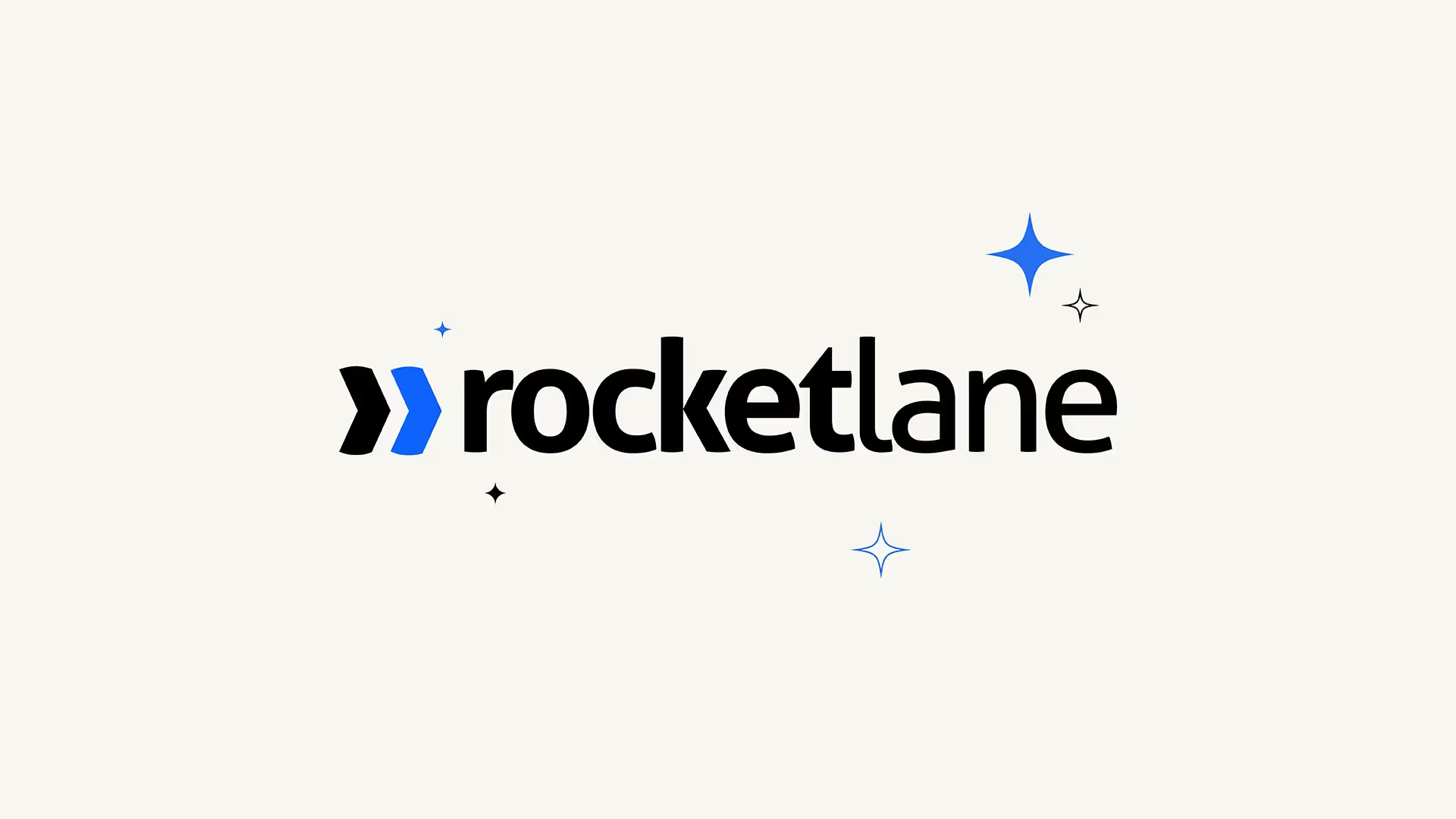Customer onboarding projects are chaotic, aren’t they?
Project boards to keep tabs on high-level activities and tasks, spreadsheets for issue lists and checklists, documents for SOWs, requirements, presentations… the list is endless. Not to mention two versions of each - one internal and one external. We spend hours on end collating and consolidating all data related to the onboarding project.
And despite all the meticulous planning and work, we have escalations during the onboarding journey. Unfortunately, most companies rely on guesswork rather than metrics when it comes to measuring the effectiveness of their onboarding methodology. Onboarding is your first partnership with the customer. At the point in their journey where customers are most vulnerable, instead of impressing the customer and delivering a delightful experience, we compromise on customer experience and stress them out.
We decided to change that. We figured that if we start with a goal of elevating CX for onboarding, it is pretty clear that the systems and tools we use are culprits - not just our playbooks and methodologies. The problem is that CX is an afterthought, and information resides in silos, given we cobble together multiple tools for our customer onboarding. We also figured that creating a transparent, collaborative, and purpose-built experience is the best way to ensure on-time value delivery. And our answer was Rocketlane.
Know where you stand, at a glance
The biggest challenge with using multiple tools for onboarding is that we can’t easily access all the information we need to assess the progress of the various customer onboarding or implementation projects. Rocketlane offers you up-to-the-minute views of all your projects and for every project. View as a kanban board, a Gantt chart, or opt for a simple list view.
You also get automated assessments of the actual vs. planned progress of your projects.
You also get to see tasks on track and those that need you to intervene to progress/get completed. This way, you get to know where you stand at all times, and preempt issues and fix them.
You’re probably thinking you need the information to flow seamlessly to be able to know things at a glance, and our answer to that is: integrations and custom fields! You can create custom fields for information that we haven’t already thought about, and you can integrate Rocketlane with your favorite CRM to ensure seamless visibility for your organization.
Collaborate to win
Like we mentioned earlier, the onboarding phase is where you can provide the first taste of customer experience. Rocketlane makes sure you get it right. Not only can you invite them to your project on Rocketlane, but they will also have a view that is not dissonant from your brand—you can customize your customer portal to reflect your branding.
And no, you don’t have to lay your messy kitchen bare: you get full control over what is visible to your customers and what is not. Create shared spaces, share important documents and checklists, have real-time conversations, and close tasks and dependencies, all within Rocketlane. You can also embed docs and files from your favorite services, such as Figma and Google. No more switching tabs.
They can also access an overview of the project, learn where they need to unblock you, and proactively participate in their onboarding instead of just being passive participants. You can also set up automated reminders to gently nudge your customers towards getting stuff done so your project can progress as planned. Additionally, you can create status updates for your customers within Rocketlane with drag-and-drop components. You can also collaborate with your team members on these updates.
While on the topic of nudging, you can also offer encouragement by creating ‘milestones’ for your customers to hit. Everyone can do with some motivation!
Oh, and did we mention you can plug CSAT surveys at different points in the duration of the onboarding project and get your customer’s feedback? Make them feel heard, and use their feedback to improve your onboarding.
Customer onboarding like clockwork
Rocketlane comes with ready-to-use templates for projects and project documents. You can also create your own templates and reuse them, and have templates based on the types of customers you onboard. This will help you ensure consistency in your onboarding process across customers, which in turn will help you figure out where you need to do better.
Using templates will also show you where your team tends to skip steps more and reduce the possibility of human error. And when you’ve made the improvements, you can make sure those improvements are adhered to, too, by just modifying your templates.
Get your customer onboarding onto the fast lane!
Making your onboarding journey truly collaborative and transparent for your customers can elevate your onboarding game. Doing it all in one unified workspace will help you gain all the insights you need to make sure your customer onboarding is effective and successful.
Are you ready to elevate your customer onboarding experience? Book a demo or Give it a spin!















